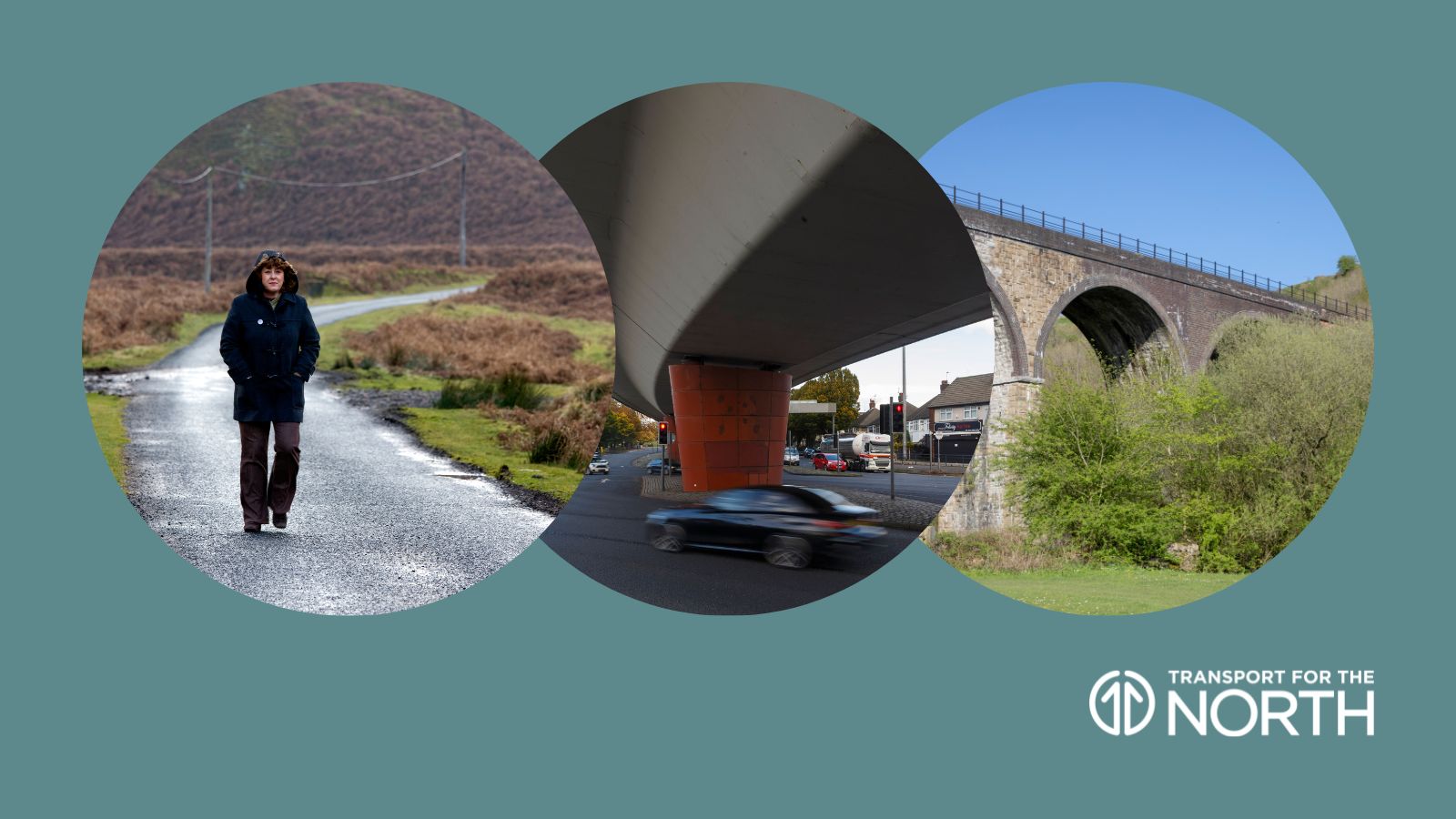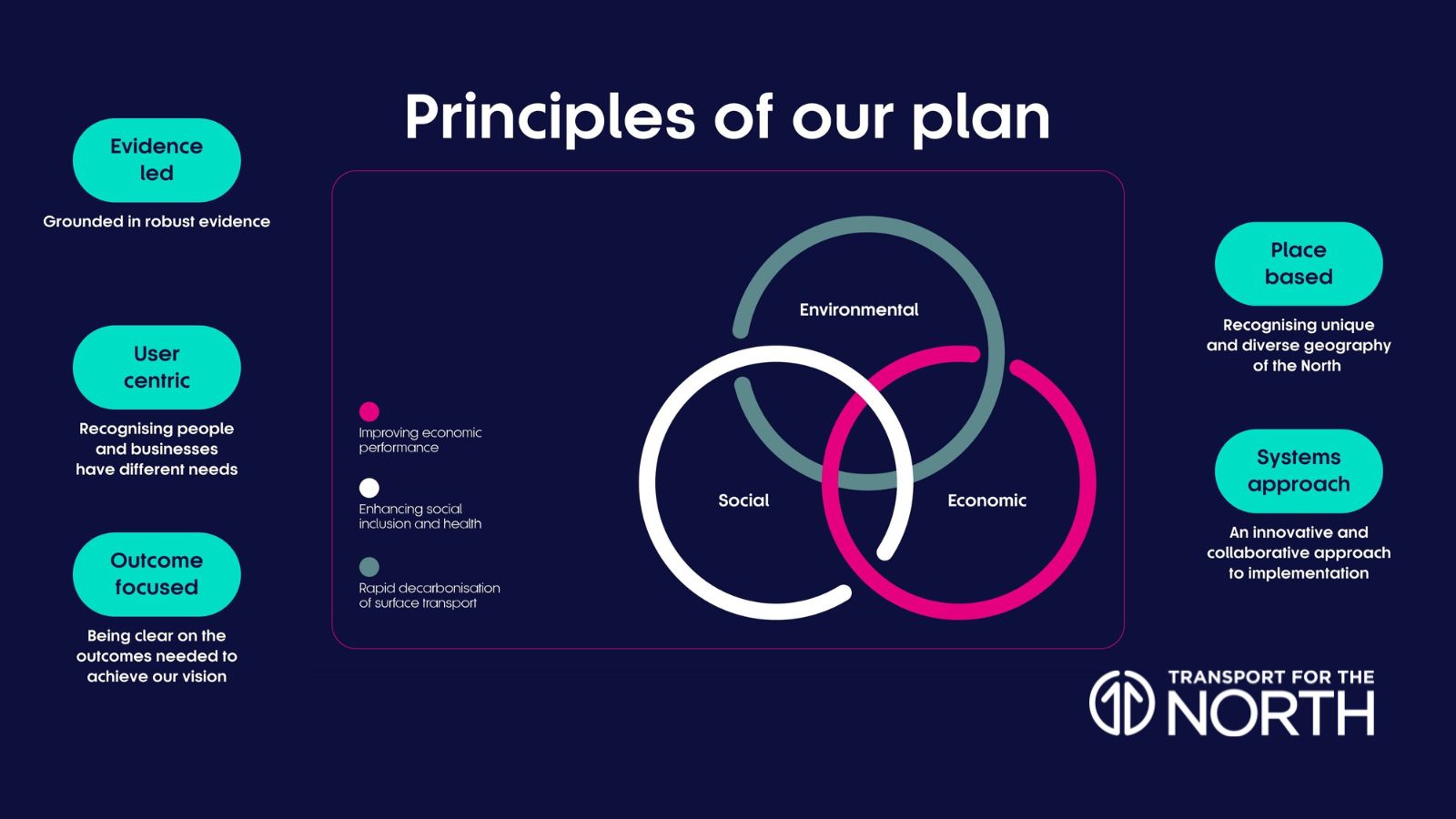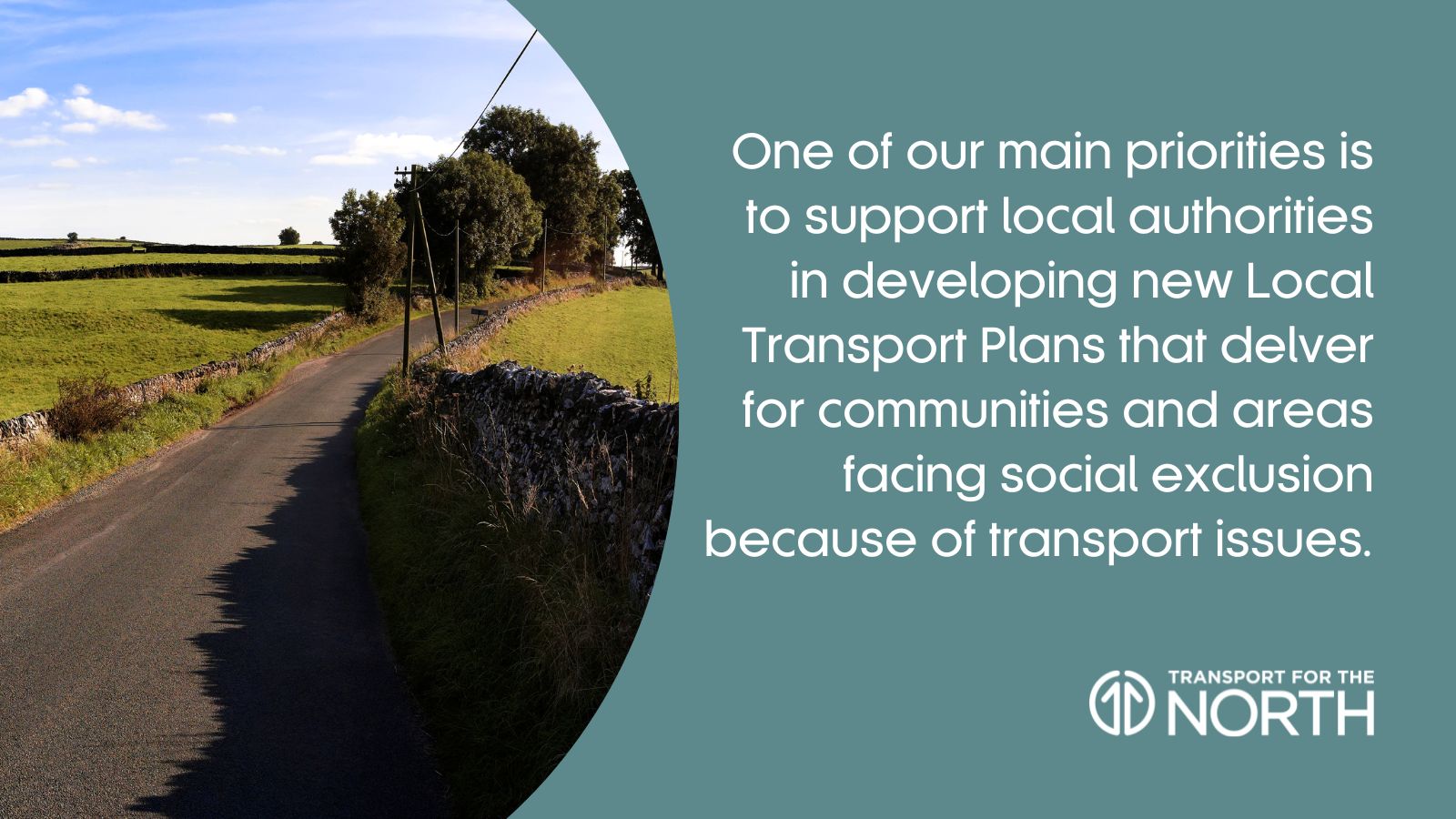Connecting Communities is Transport for the North’s (TfN) response to the social exclusion challenge caused by transport issues in the North of England.
In September 2022, we published the outcomes of two years of research into this challenge, and in the months following this we’ve worked with our partners and stakeholders across the North to develop and agree the solutions.
Connecting Communities provides a regional vision and ambition for making major progress on this issue by 2050, expands TfN’s role in this area, and gives an evidence-based policy framework to meet this challenge.

3.3 million people in the North of England live in areas with a high risk of social exclusion because of issues with our transport system, and this risk is proportionately higher in the North than in the rest of England – that’s clearly unacceptable.
People living in high-risk areas face a combination of poor access to key destinations with the transport options available, high levels of car dependency and forced car ownership, and multiple forms of deprivation. Alongside this, many people on low incomes and in insecure work, carers, and disabled people in all areas of the North are disproportionately affected by the issues with our transport system. In these areas and for many of these populations, transport issues aren’t just a major inconvenience, they have a fundamental impact on everyday life.
Despite the scale and depth of this problem, and clear evidence of its impact on the everyday lives of people across the North, our region has largely been flying blind on this issue. Connecting Communities fills that gap – breaking a complex and multi-dimensional challenge down into a set of policy priorities and allowing us to clearly monitor and evaluate our progress. In short, that means we’ll know if TfN, government, local authorities, operators, and other stakeholders are doing what’s needed to meet this challenge, and where we need to go further.
A regional strategy of course doesn’t address the problem in itself, but it provides a way of galvanising and enabling the investment and reforms needed to make a real difference to people across the North.

At the core of TfN’s revised Strategic Transport Plan are three priorities: Transforming the economy, achieving the rapid and complete decarbonisation of the transport system, and delivering a more equal and inclusive system that works for everyone.
The Plan sets out how these overlapping priorities can and should be bought together. This spans investment in the North’s strategic rail network, major roads network, local public transport, and active travel. Our research on social exclusion and the Connecting Communities strategy have shaped these priorities and helped us identify and manage the links between them.

Connecting Communities sets out 23 new actions for TfN over 2023/24 and 2024/25. As a sub-national transport body, our role across these is to continue to raise the profile of transport-related social exclusion and provide the evidence-base to empower decision-makers, to support our partners to use and implement this evidence, and to enhance business cases for major road and rail schemes.
Most immediately, one of our main priorities is to support local authorities in developing new Local Transport Plans that delver for communities and areas facing social exclusion because of transport issues.
Read the full plan by clicking on the cover below: